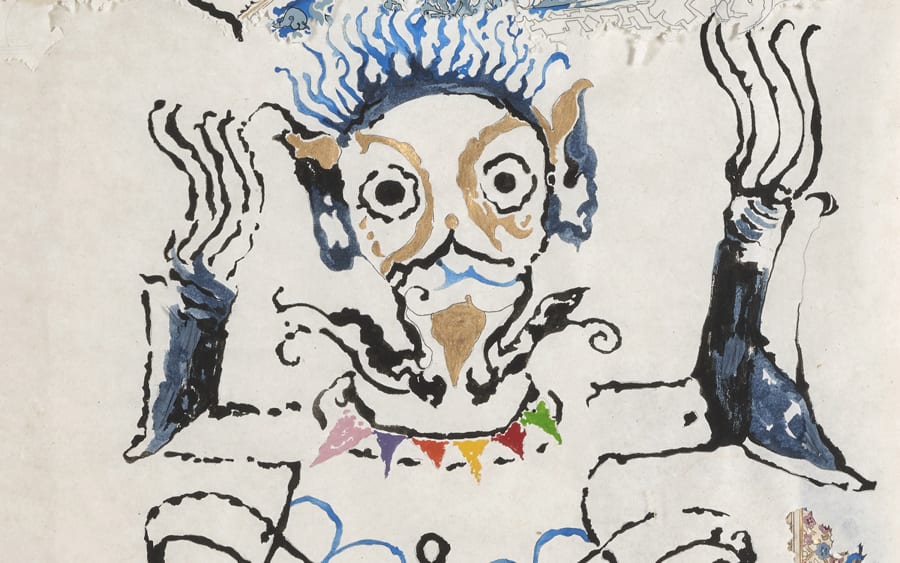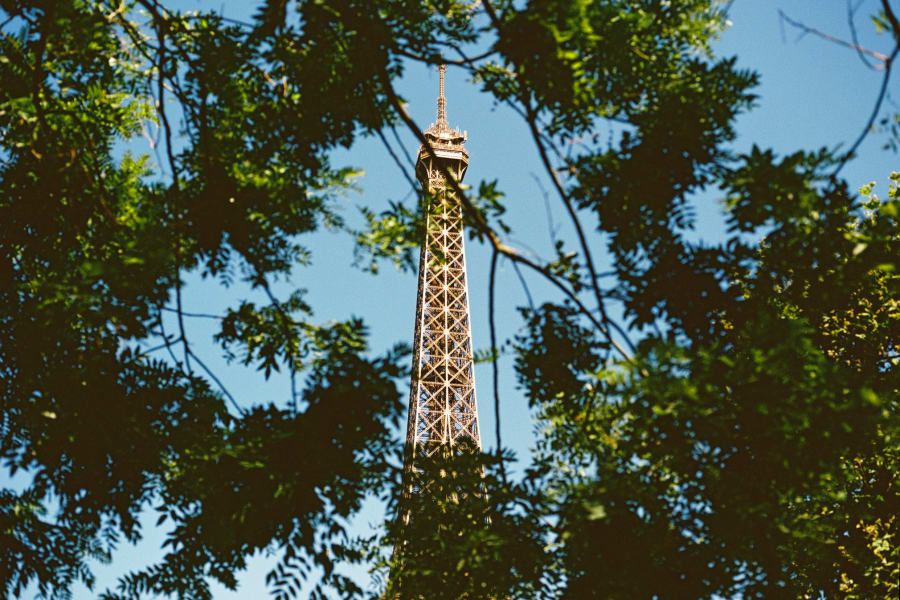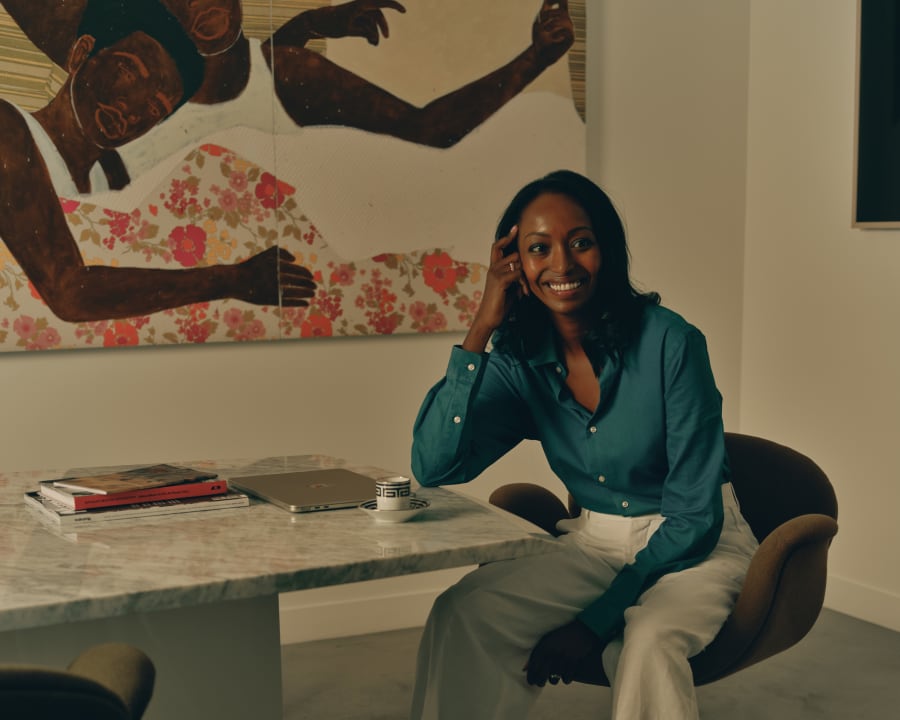Visitors who ventured to the Petit Palais last year during Art Basel Paris discovered a rather bewildering spectacle. Clouds of luminous smoke filled the garden, sound sculptures were periodically activated by musicians, and a perfume purportedly mimicking the smell of the Milky Way was diffused through the halls. With his exhibition ‘Les Nuits Corticales’ (Cortical Nights), French artist Loris Gréaud once again proved his talent: capturing the invisible to produce a holistic collective experience.
To close the exhibition in mid-January, Gréaud had planned a concert to be held at the Petit Palais by experimental rock group The Residents. To the artist’s great dismay, however, the performance had to be cancelled. This unfortunate setback isn’t so surprising when you know how rarely the American musicians play in public: since the group’s formation in 1972 in San Francisco, none of its four members has revealed their identity or shown their face, always concealing themselves behind zany masks. This secrecy hasn’t prevented The Residents from becoming a cult band: the cover of their 1979 album Eskimo – featuring the four artists wearing top hats and tails, their heads hidden inside giant eyeball helmets – has become part of popular culture.
Their long-awaited concert will finally take place this fall in collaboration with Art Basel Paris. The second chapter of Gréaud’s project, ‘The Cortical Palace’, will be held on the evening of Friday, October 18, at the Théâtre du Châtelet. To allow all audiences to attend this exceptional performance on the stage of this historic venue, 1200 seats will be offered free of charge.
‘Art is the ideal medium for obscuring reality. It’s this mystery that makes [art] fascinating because it makes us want to dig beyond the surface,’ explains Gréaud, summarizing the motivations behind his approach. Fascinated by the hidden side of the world, but also a great fan of underground music and a former flutist, the Parisian artist naturally became interested in The Residents during his studies. Their radical stance quickly became a model for his own work.
In 2016, he invited them to compose the soundtrack for his short film Sculpt, featuring cinema giants Willem Dafoe and Charlotte Rampling. Even behind the scenes, the group maintains its enigmatic aura: all exchanges go through their spokesperson, via written correspondence – no emails or calls – which inevitably lengthens the collaboration exercise. ‘It’s an extreme process, to say the least, and not without its difficulties,’ recalls the 45-year-old artist. ‘In the nearly ten years I’ve been working with them, I’ve never seen their faces: even when I’ve met them, even when they sign a contract at the attorney’s office, they remain masked, which is quite unsettling. You find yourself sitting around a table talking about very serious subjects with people wearing old man masks and Santa Claus suits! But it’s all part of the work, part of the band’s mythology.’ All the more so in an age that encourages over-exposure and embodiment, leaving little room for mystery: ‘In 2022, The Residents were celebrating the 50th anniversary of their career, even though nobody would recognize them on the street. The fact that they were able to maintain this stance for so long makes them true heroes and shapes their legend.’
Despite its complexities, this first collaboration didn’t deter Gréaud from calling on them again for ‘Les Nuits Corticales’. ‘This is a project about the porosity between mental and physical space, and how they come to form a single surface,’ he explains, ‘as theorized by science-fiction writer J.G. Ballard.’ In the group of works presented at the Petit Palais in 2023, it was the multiple modes of expression the artist used, tangible or not, that allowed him to reveal new facets of his reflections on the body, the mind, and the passage of time.
The Residents have contributed to this ambitious project by composing an original piece, about ten minutes long, for which the artist gave them carte blanche. ‘Either I accepted their proposal, or I didn’t,’ explains Gréaud. ‘There was no room for compromise. But they are great professionals: they understood the aesthetic challenges of the project very well.’ On the Théâtre du Châtelet stage, they will perform only this one track, hidden behind new masks – ‘sort of evil snowmen,’ says the artist – making their presence all the more extraordinary.
‘The Cortical Palace’ will continue a month later at the Musée d’Art et d’Histoire de Genève, where Gréaud will install a new work – in the boiler room. ‘It will be a giant blob, haunting the museum forever, like a perennial and evolving counterpart to the fleeting appearance of The Residents on the Théâtre du Châtelet stage. In the end, these are two rather opaque “forms,” which are difficult to predict and standardize.’ The artist is already planning a fourth stage with an exhibition at the Museum of Contemporary Art Detroit, the content of which remains as yet undisclosed. Because, as Gréaud reminds us, just like with this evolving and sometimes unpredictable project, ‘you can never be sure of anything.’
Book your free tickets here.
Matthieu Jacquet is a Paris-based journalist and art critic. He writes regularly for Numéro, Numéro art, and Geste/s.
All portraits of Loris Gréaud by Grégoire Léon-Dufour for Art Basel
Caption for header image: The Residents, 1979 © The Residents, The Cryptic Corporation.
Published on October 7, 2024.


